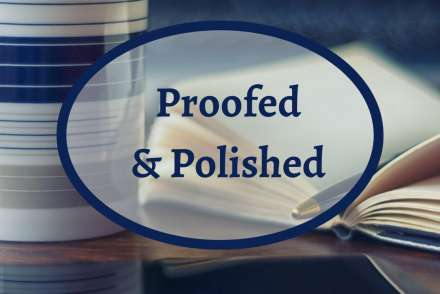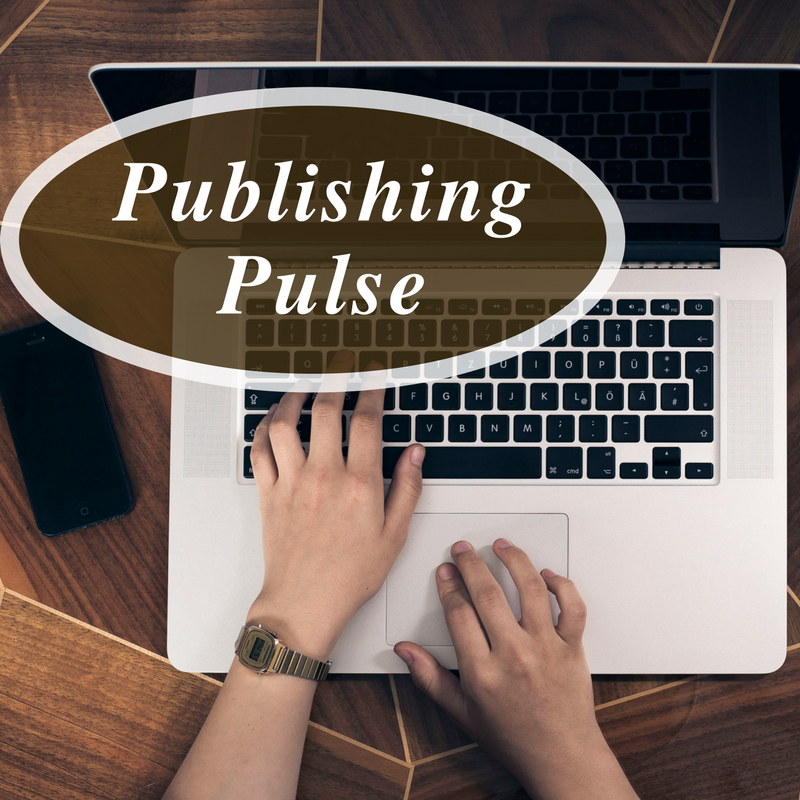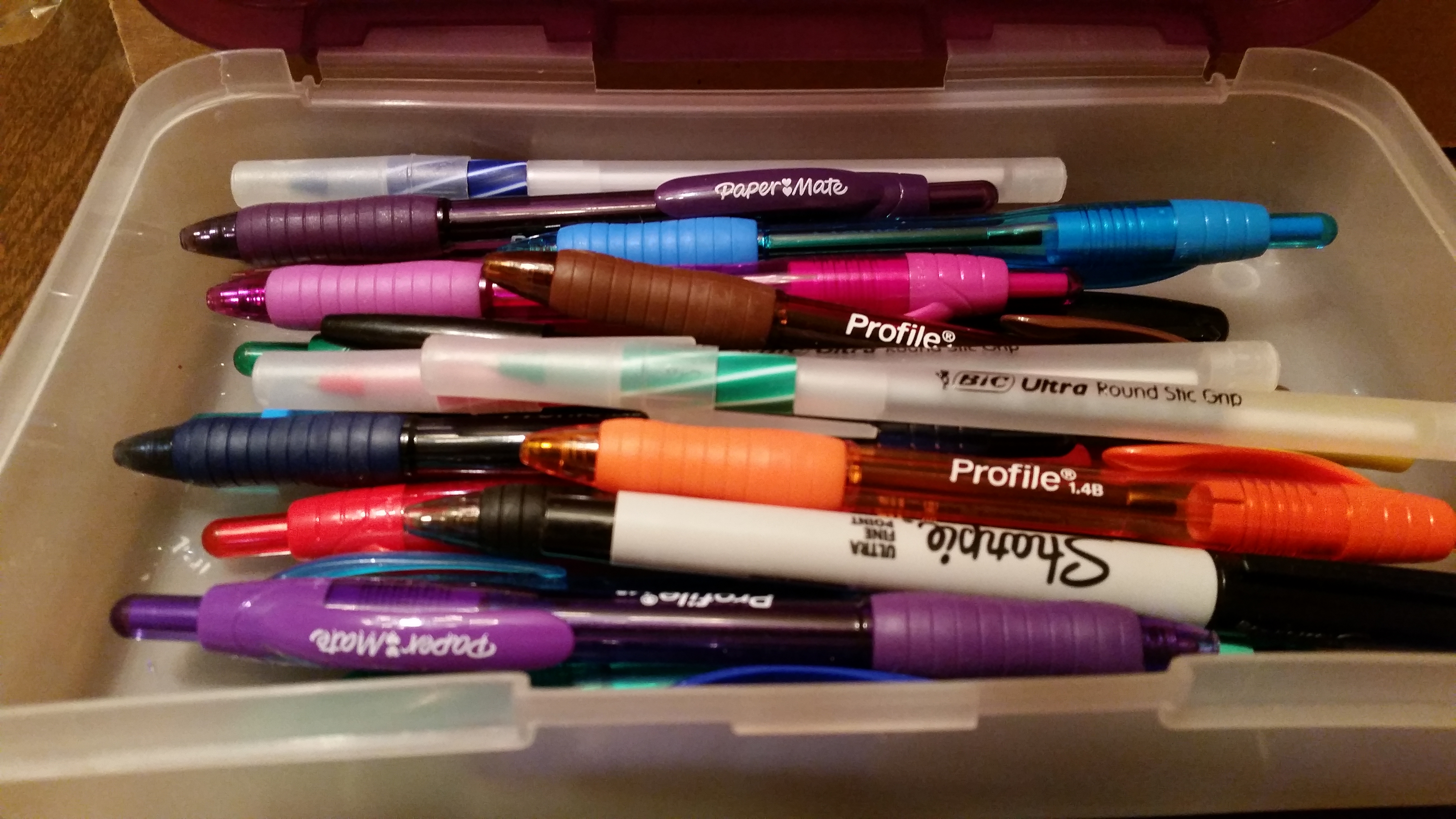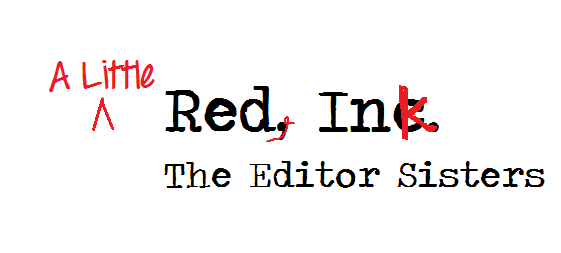
Sentence Fragments Missing Something.
What does the title of this article say? Reread it. Did your brain fill in the missing word automatically…
October 10, 2021
What does the title of this article say? Reread it. Did your brain fill in the missing word automatically…
October 10, 2021
Let’s talk about contractions. I mentioned them last month in the context of using apostrophes correctly. Some words that…
September 10, 2021
In elementary school, I distinctly remember doing numerous worksheets on the possessive -s. There would be a list of…
August 22, 2021
Before you send off your precious manuscript to your editor, you probably want to make sure that it’s as…
July 10, 2021
Recently, I edited a PhD dissertation for a literature major which mostly meant that I had to wade through…
April 10, 2021
When I was teaching English Learners in high school, we spent A LOT of time studying subject-verb agreement. I…
March 10, 2021
Each author has their own unique voice. Likely, you’ve spent a lot of time developing the tone and style…
February 10, 2021
Keeping Your Sentences Clear Example #1 “They had such a great time at the amusement park. First, my aunt…
January 10, 2021
To Hyphenate or Not to Hyphenate… How do you feel about hyphens? Do you use them a lot? Never?…
November 10, 2020
Vocabulary Mistakes I’ve been proofreading a pretty wide variety of material lately—master’s dissertations, personal letters to family, freshman film…
October 10, 2020
A Scenario… Finally! You sit back in your chair and breathe a sigh of relief. The project is done,…
September 10, 2020
It has never been easier to publish a book thanks to the rapid advancement of technology. Goodreads and Amazon…
August 18, 2020
Often, what we intend to say never comes through in what we write. Sometimes our enthusiasm inhibits the thoughts…
September 29, 2018
I recently finished making wording changes on a self-published book that had already been typeset and printed — or…
September 12, 2018
Clutter: (verb) to crowd something untidily. I have a confession to make: I am a clutter person. I once read an…
September 6, 2018
Often, what we intend to say never comes through in what we write. Sometimes our enthusiasm inhibits the thoughts…
August 29, 2018
Last month, we talked about what “publish-ready” means. This time, we’ll look at basic proofreading. Spell check in Microsoft Word or whatever…
August 26, 2016
Today’s tip on Polishing Your Message is . . . Don’t Do That. Do What? Overuse the word that.…
June 30, 2016
What is a proofread? I’m sure you know by now the importance of wisdom as you choose a freelance…
April 28, 2016
Ever ask a friend’s, relative’s or colleague’s opinion on something you’ve written? You wait patiently, trying not to stare,…
July 19, 2015